Induction: Good or Bad Idea for the Elderly?
designsaavy
8 years ago
last modified: 8 years ago
Featured Answer
Sort by:Oldest
Comments (38)
writersblock (9b/10a)
8 years agoAnnie Deighnaugh
8 years agoRelated Discussions
Wall niche behind rangetop - good or bad idea?
Comments (10)flwrs, if you really, really love the look, why don't you just use it decoratively? I like the look and idea of having oils and spices, especially in pretty containers, out on display, but I don't. I don't mean to put anyone down for not knowing this, but oils especially, degrade very quickly with light; then add the extra heat from a range and you're heading for a huge waste. I never buy oils (eg EV olive oil) in the tiny clear, (and expensive) jars because there is no way of knowing how long they've been exposed. I cook extensively and buy my EVOO in the 3 liter cans and fill a half liter decorative jar with a pour spout. I store the can in a lower cabinet below my prep sink and the jar in a pull-out next to my range. I use a LOT of olive oil, so keeping the jar out for 10-14 days wouldn't be bad, but keeping it it dark is second nature to me. If you only cook with these oils occasionally and leave them out, you may not notice the slow degradation. 6-8 months later you'll notice an off smell and possibly wonder why you spent so much money on such an inferior product! Along the same thought, have you noticed that whole wheat and other whole grain flours all say to store in a dark, cool place? Same reason: whole flours, unlike refined, contain oil which can go rancid. I don't use whole flours that much and used to be frustrated because I was always throwing out open bags. After I started keeping them in my freezer, I no longer had the problem. So what I' getting at flwrs, buy pretty condiments at HomeGoods or TJMax, or even make your own, decorate away, and keep the stuff you actually use for cooking stashed below or away from the light and glass flames. I also agree that discussing this topic over in the kitchen forum is a good idea....See MoreIdeas for Pre-Cooked Frozen Meals for my Elderly One-Armed MIL
Comments (23)Thank you so much for the ideas and support! It turns out she has two dorm-sized fridge/freezers (one has her TV on top and I didn't notice it, lol) so she has more storage space than I'd thought. She lives nearby so DH sees her often (stops on his way home from work) but is more than willing to stop by on his way to work with food at least once a week. So far I'm using Rubbermaid-type freezer containers, the same I've always sent home leftovers in, as she has her own dishes. DH's car just had some $$$ repairs so there's no money for buying separate dishes right now - DH says the food's more important than the presentation, and his mom is very practical. So far I've got 2 containers of pasta with beefed-up marinara, 2 meals of brisket with homemade baked beans and new potatoes and 2 bowls of from-scratch, from-fresh chicken soup. It's a start. I don't think the budget would allow it (gonna be a tight holiday season) but do you think she could possibly work a bread machine? I've never used one so have no idea how difficult they are to use. If she could operate it, I may suggest it to my SIL. I'm thinking a small electric skillet and/or a small toaster/convection oven might be useful, if she has the space (and if they would be permitted)....See MoreNew 42" Miele Induction cooktop -- bad idea?
Comments (103)Surface mounting makes replacement easier because it doesn't need a highly customized hole. Nominal 30" units run from 28"-32". With flush, you'd need an exact fit. With surface, you only need there to be enough support for the edges. A slightly smaller or larger unit might fit, or the counter can be adapted for it to fit (e.g., a little more plywood underneath, or a slightly enlarged hole). I have a stainless frame (which looked better near the stainless gas with black grate than all black would have). I have no need to hang pots over the edge, but there's nothing about the frame that would prevent it. I'm guessing you're talking about the kind that's just a vertical border, and that might be a problem, however... If your pots are that oversized, you may not like the cooking. There will be a distinct hot spot in the middle where the inductors are. An inch in diameter (half an inch all around) over is expected. An inch in radius (an inch all around) over is perfectly doable. By the time you get two inches past the ring, you're losing a lot of ease of cooking. That said, you can use a silicone mat, both on the stove and on the counter, to equalize the height. Marble is rock. It can take a hot pot. What you don't want do, especially where it's weakest, is thermal shock, which could promote cracking, so a trivet is a good thing to have. If it warms along with your pot, gradually, it'll be fine. As to scratches, etching, spots, etc., that's another story entirely, but all of the above can be helped by the silicone mat....See MoreDouble owners' suits: good idea/bad idea?
Comments (20)Well sure, nobody can predict the future. But that doesn't mean we shouldn't try! Our first home was intended to be short term. It was in an area with questionable schools, but we didn't have kids yet. Our plan was to be there 5-10 years and move before we had a kid in kindergarten. We were there seven years and moved when our eldest was four. Our second/current home was intended to last us "until the kids were in college" but we lacked the foresight to know we'd LOSE OUR EVER-LOVIN' MINDS and decide to have two more kids. And we realized when our dog developed a disability that it's extremely unfriendly to the mobility-impaired. (Plus side: she weighed 100 lbs so we got a LOT of exercise the last year of her life. :/) So we're moving forward and applying what we've learned over the years towards our best guess is about what will work for us. What more can you do? Important to note: I've come to love this plan (which isn't very bright, not yet knowing if the BRs will fit upstairs yet, but what can you do?) The only reason I wanted a first floor master was for eventual mobility issues (3/4 of our parents have health problems which make stairs difficult), not because I want my bedroom on the main floor now. The major drawback to the rough sketch we started with http://ths.gardenweb.com/discussions/4345095/floorplan-feedback-very-early-stage is a lack of playroom space on the main level which means, IME, all the toys will end up in the living room. A main level master would make an excellent playroom/craft room. It's close enough to the action that it would actually get used, plus there's a door. At this point the biggest drawback I see is the possibility that both we and an elderly parent might need to avoid stairs in which case either a small guest room on the main or planning for a future elevator might be a good idea. (Could whoever has the crystal ball please pass it my way?)...See Moredivotdiva2
8 years agocpartist
8 years agodesertsteph
8 years agowritersblock (9b/10a)
8 years agolast modified: 8 years agosjhockeyfan325
8 years agoJeannine Fay
8 years agoFori
8 years agoamck2
8 years agoscrappy25
8 years ago3katz4me
8 years agosjhockeyfan325
8 years agoJoe Henderson
8 years agoBirchPoint
8 years agolast modified: 8 years agodesignsaavy
8 years agolast modified: 8 years agohomepro01
8 years agowritersblock (9b/10a)
8 years agogramarows
8 years agosilken1
8 years agonew-beginning
8 years agodesignsaavy
8 years agokirkhall
8 years agodesignsaavy
8 years agoraee_gw zone 5b-6a Ohio
8 years agolast modified: 8 years agosjhockeyfan325
8 years agowestsider40
8 years agowestsider40
8 years agodesignsaavy
8 years agoa2gemini
8 years agocpartist
8 years agodesignsaavy
8 years agostir_fryi SE Mich
8 years agodesignsaavy
8 years agoUser
6 years agoeam44
6 years agoUser
6 years ago
Related Stories
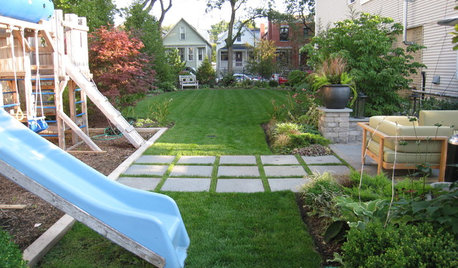
LIFE6 Tips for Teaching Your Kids to Be Good Neighbors
Everyone wins when your children learn to respect boundaries, get help when they need it and show others they care
Full Story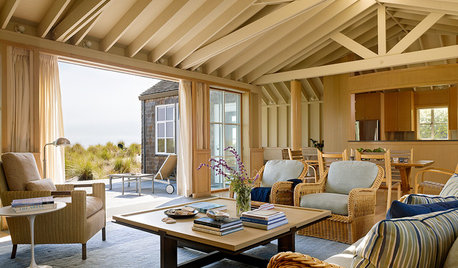
HEALTHY HOME16 Ideas for a Healthy, Feel-Good Home
Making these small tweaks and bigger shifts at home can help you thrive everywhere you go
Full Story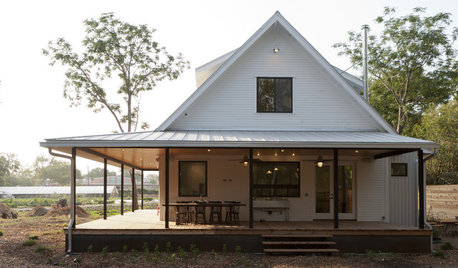
ARCHITECTUREWhat the Heck Is 'Good' Design Anyway?
We yearn for it and strive for it, but good home design isn't always easy to grasp. These 8 prescriptions from an architect can help
Full Story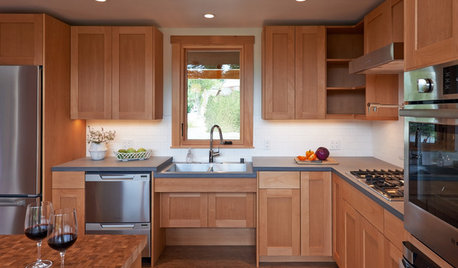
UNIVERSAL DESIGNKitchen of the Week: Good Looking and Accessible to All
Universal design features and sustainable products create a beautiful, user-friendly kitchen that works for a homeowner on wheels
Full Story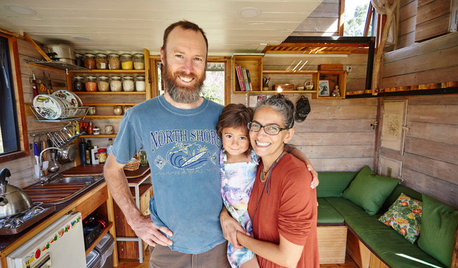
SMALL HOMESTiny Houzz Tour: Living the Good Life Their Way
This owner-built home in Australia may be on the small side, but it provides the perfect space for the family’s big dreams to come true
Full Story
LIFEThe Good House: An Experience to Remember
A home that enriches us is more than something we own. It invites meaningful experiences and connections
Full Story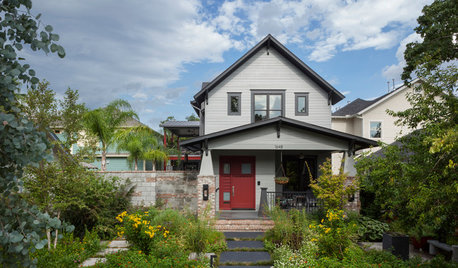
ARCHITECTUREHouzz Tour: Modern Plays Nice in a Historic Houston Neighborhood
Subtle modern details make this new home stand out from its elderly neighbors without disrespecting them
Full Story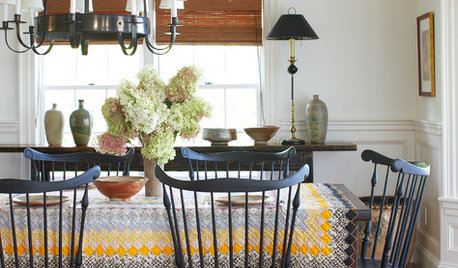
DECLUTTERINGEscape the Inheritance Trap: What to Do With Sentimental Pieces
Too meaningful to toss but too hideous, precious or unusual to display? These ideas can help
Full Story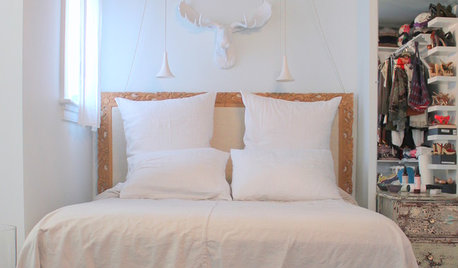
MOST POPULAROvernight Guests Coming? How to Be a Great Host
Ensure a good time for all — including yourself — by following these steps for preparing for and hosting houseguests
Full Story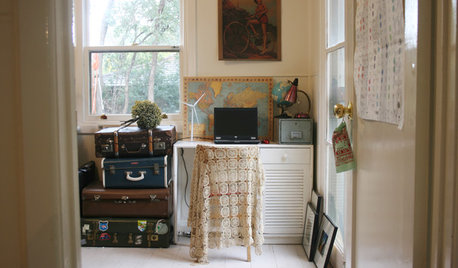
MOVINGMaking a Home Away From Home
Feeling like a stranger in a strange land? These tips can help ease the transition after a big move
Full Story



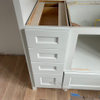
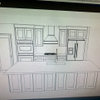
westsider40